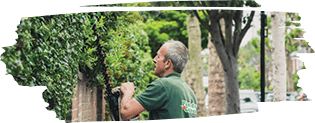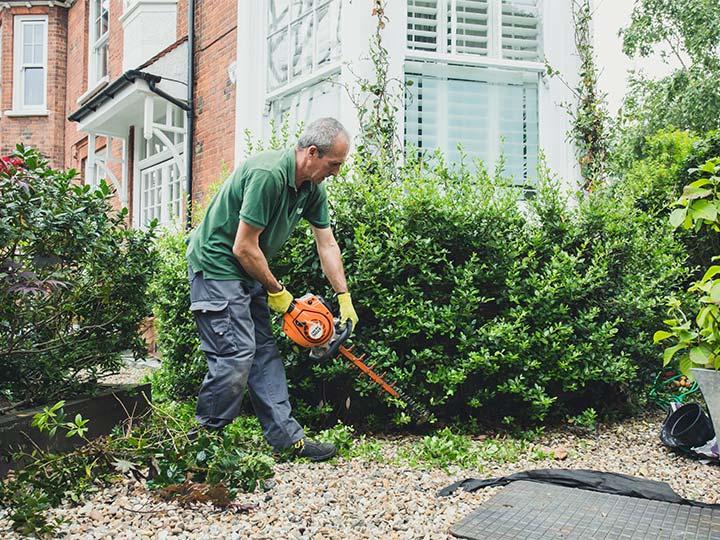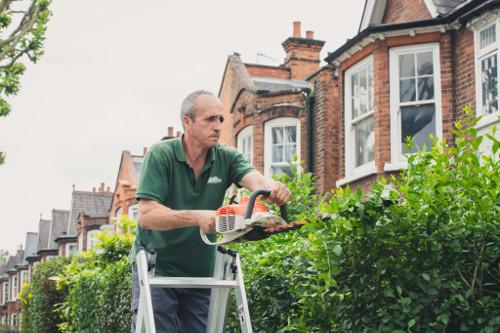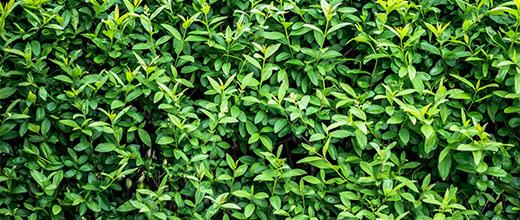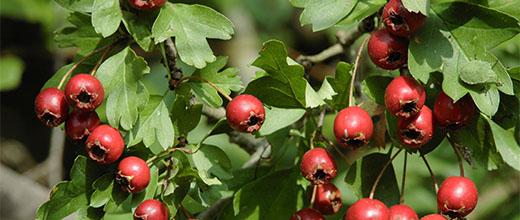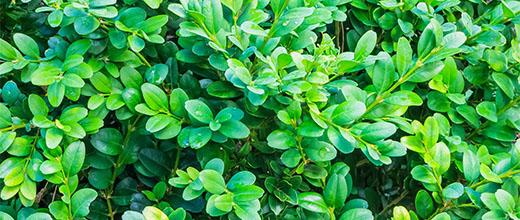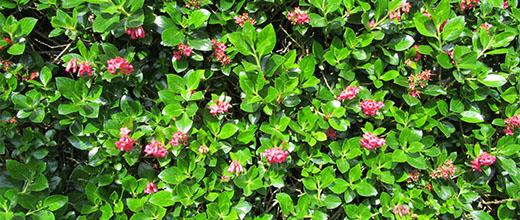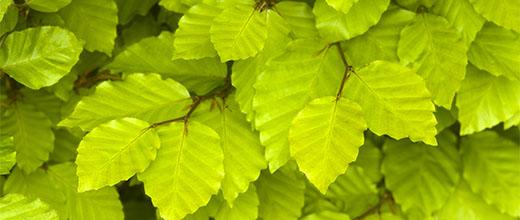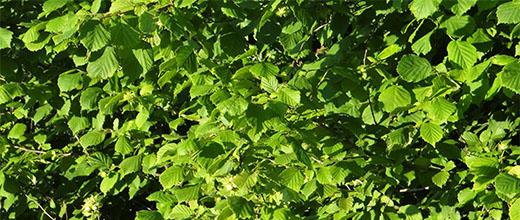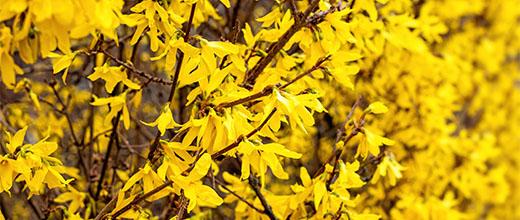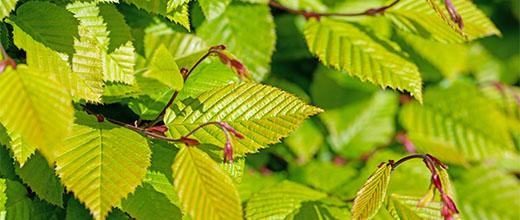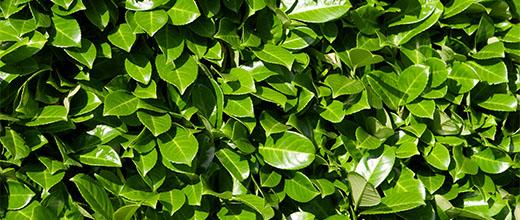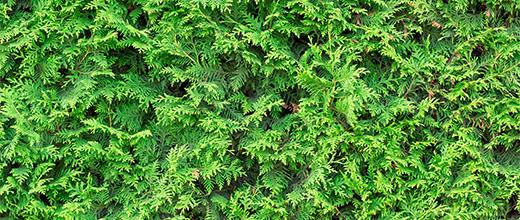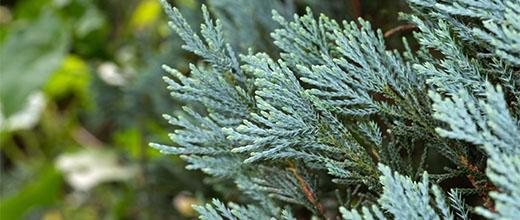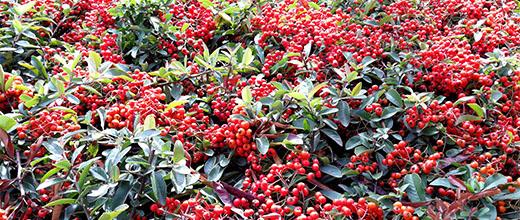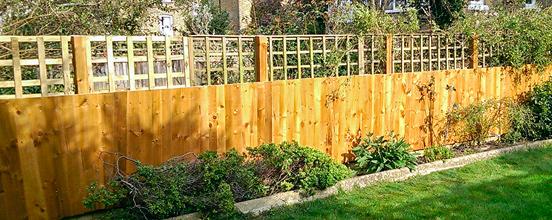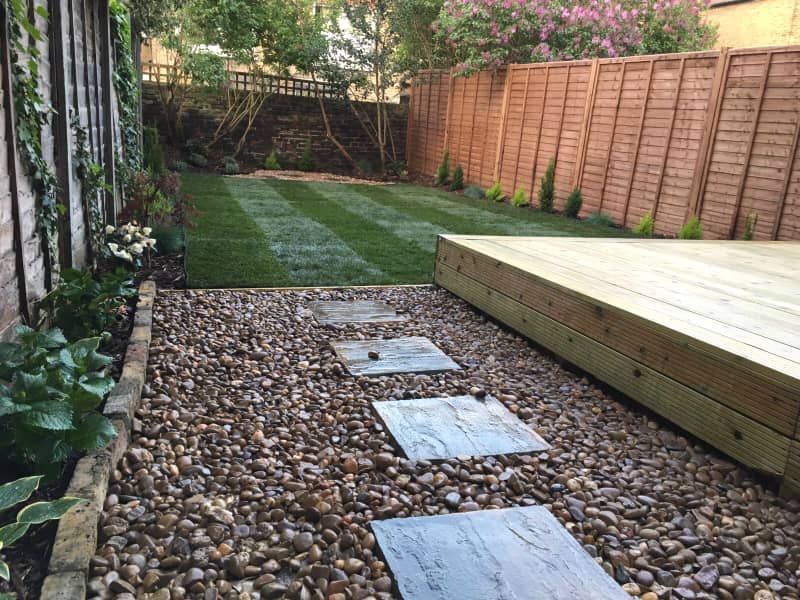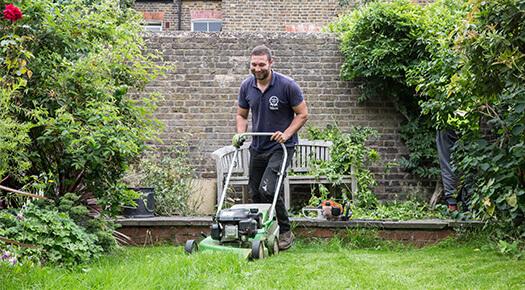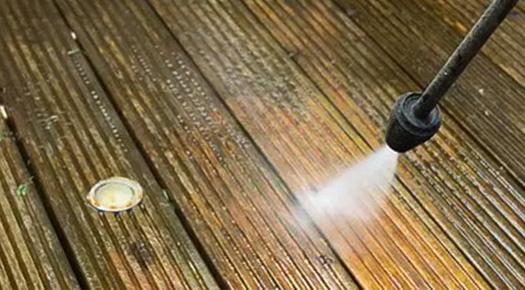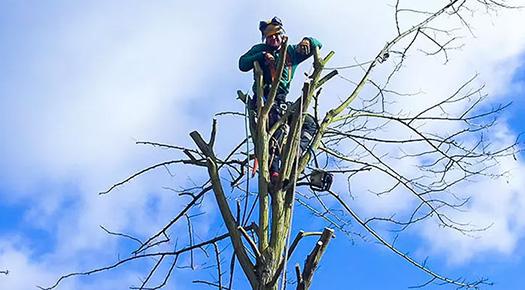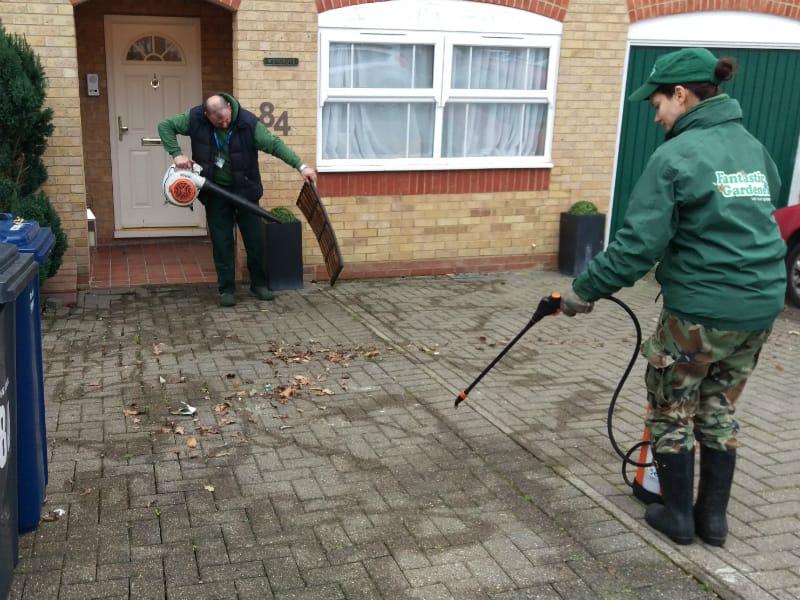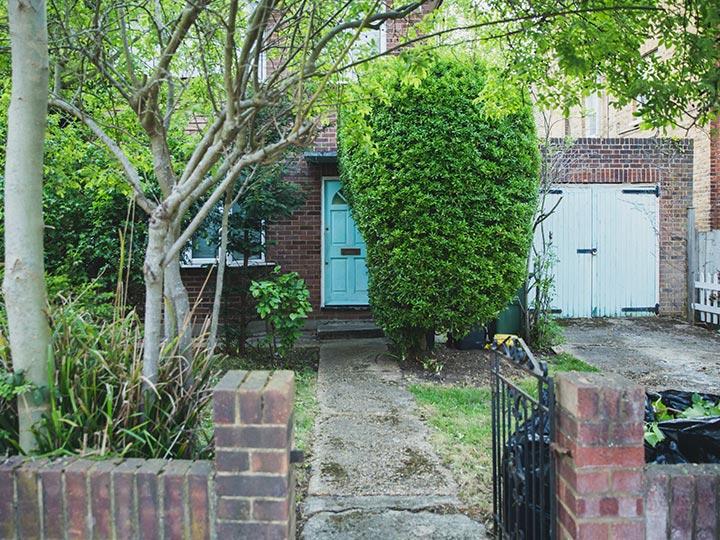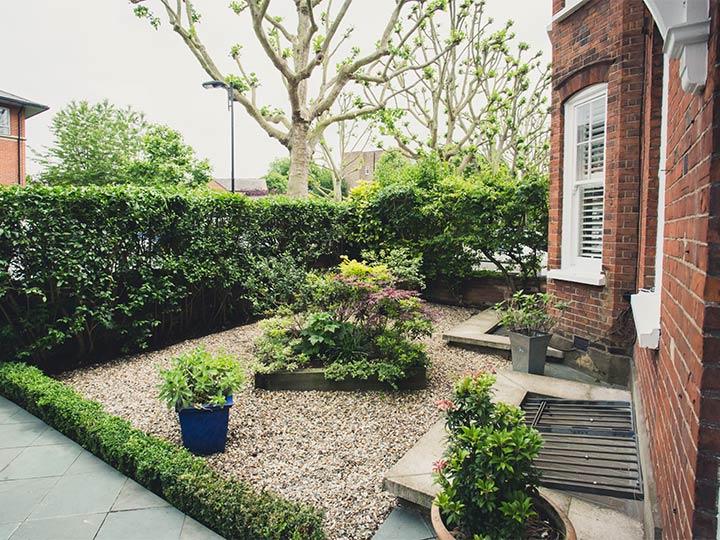Maintenance trimming refers to tidying up a hedge or shrub by cutting back on overgrown branches. While pruning focuses on the hedge’s health and the safety of its surroundings, trimming is done mainly for aesthetic purposes. Yet, excessive overgrowth can also be harmful to your hedge as it can reduce the amount of light and moisture it receives, stuttering its growth. Therefore trimming is just as important as pruning.
Maintenance trimming is usually carried out once a year for informal hedges and twice for formal ones. However, there are certain hedges which might require three cuts a year. If you’re wondering when to trim your hedges, it’s usually done sometime between spring and summer.
You do, however, have to take into account potential nesting birds as nesting season may run from March to August. If you notice any nesting activity in your hedges, consider postponing the maintenance trimming for after the season passes.
When it comes to pruning and trimming, hedges fall into three categories.

